详细说明
Purity
>95%, by SDS-PAGE under reducing conditions and visualized by silver stain
Endotoxin Level
<0.10 EU per 1 μg of the protein by the LAL method.
Activity
Measured by its binding ability in a functional ELISA. In a 100 µL reaction mixture containing biotinylated rmWnt-5a at 100 ng/mL and rhFrizzled-7/Fc Chimera dilutions at 0.1-8,000 ng/mL, the concentration of rhFrizzled-7/Fc Chimera that produces 50% of the optimal binding response is found to be approximately 20-80 ng/mL.
Optimal concentrations should be determined by each laboratory for each application.Source
Chinese Hamster Ovary cell line, CHO-derived
Human Frizzled-7
(Gln33 - Leu185)
Accession # NP_003498IEGRMD Human IgG1
(Pro100 - Lys330)N-terminus C-terminus Accession #
N-terminal Sequence
AnalysisGln33
Structure / Form
Disulfide-linked homodimer
Predicted Molecular Mass
43.3 kDa (monomer)
SDS-PAGE
55-66 kDa, reducing conditions
6178-FZ |
| |
Formulation Lyophilized from a 0.2 μm filtered solution in PBS. | ||
Reconstitution Reconstitute at 200 μg/mL in PBS. | ||
Shipping The product is shipped at ambient temperature. Upon receipt, store it immediately at the temperature recommended below. | ||
Stability & Storage: Use a manual defrost freezer and avoid repeated freeze-thaw cycles.
|
Background: Frizzled-7
Frizzled-7 is a member of the Frizzled family of unconventional G-protein-coupled glycoprotein receptors for the Wnt signaling pathway (1 - 3). The Wnt genes encode a large family of glycoproteins that are essential in development and tissue maintenance (1, 2). Like other Frizzled family members, Frizzled-7 contains a divergent N-terminal signal peptide (amino acid (aa) 1 - 32), a highly conserved extracellular cysteine-rich domain (CRD, aa 44 - 169), a variable-length linker region (aa 170 ‑ 256), a seven-pass transmembrane region (aa 257 - 549), and a variable-length C-terminal cytoplasmic domain (aa 550 - 574) (1 - 3). The CRD, which comprises the binding site for Wnts and other ligands such as Syndecan 4 and fibronectin, spans about 130 amino acid residues and contains ten invariant cysteine residues (2, 3). Expressed alone, it can compete with native Frizzled to inhibit Wnt canonical signaling (4). Within aa 33 - 185, human Frizzled-7 shares ~99% aa identity with human, rat, canine and bovine Frizzled-7. Mature Frizzled-7 also shares 80% aa identity with Frizzled-1 and Frizzled-2. Roles for Frizzled-7 have been determined in both canonical Wnt/ beta -Catenin-mediated signaling and non‑canonical planar cell polarity and calcium pathways (1, 2, 4). During development, Frizzled-7 is expressed during gastrulation and in the fetal gut, kidney and lung where it is thought to influence tissue morphogenesis via non-canonical signaling pathways (3 - 5). In the adult, Frizzled-7 is expressed in skeletal muscle, especially in satellite cells that mediate muscle regeneration in response to Wnt-7a (3, 6). It is expressed in embryonic stem cells (ES), contributing to self-renewal signaling (7). It has been implicated in mesenchymal-to-epithelial transition in colorectal cancer (2, 8). Frizzled-7 mRNA has also been detected in adult heart and placenta (3).
References:
Schulte, G. and V. Bryja (2007) Trends Pharmacol. Sci. 28:518.
Vincan, E. et al. (2007) Front. Biosci. 12:4558.
Sagara, N. et al. (1998) Biochem. Biophys. Res. Commun. 252:117.
Medina, A. et al. (2000) Mech. Dev. 92:227.
Kemp, C.R. et al. (2007) Dev. Dyn. 236:2011.
Le Grand, F. et al. (2009) Cell Stem Cell 4:535.
Melchior, K. et al. (2008) Biol. Chem. 389:897.
Vincan, E. et al. (2007) Oncogene 26:2340.
Entrez Gene IDs:
8324 (Human); 14369 (Mouse)
Alternate Names:
frizzled (Drosophila) homolog 7; frizzled homolog 7 (Drosophila); Frizzled, drosophila, homolog of, 7; Frizzled7; Frizzled-7; fz-7; FZD7; FzE3frizzled-7; hFz7







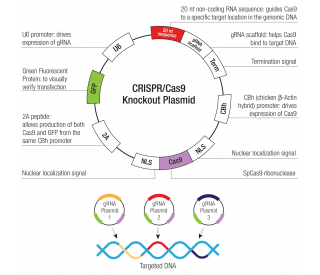
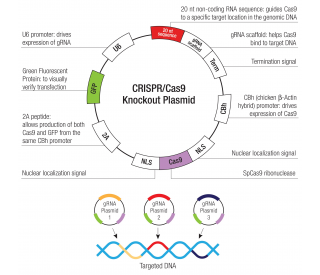
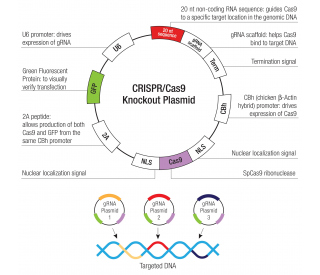
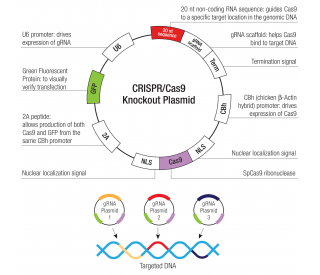
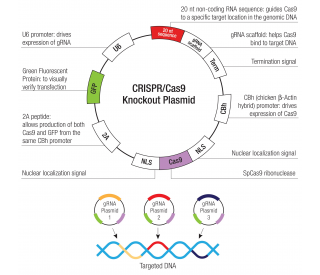
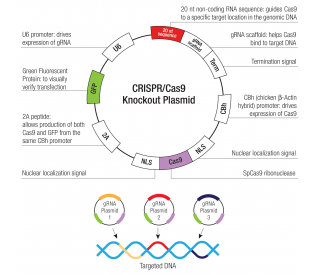



 粤公网安备44196802000105号
粤公网安备44196802000105号